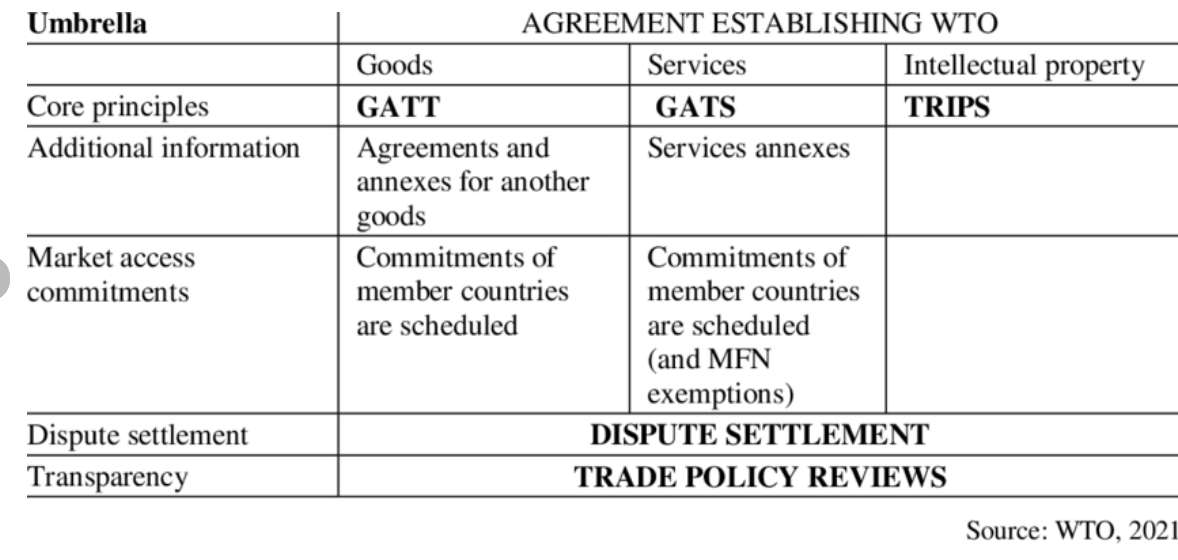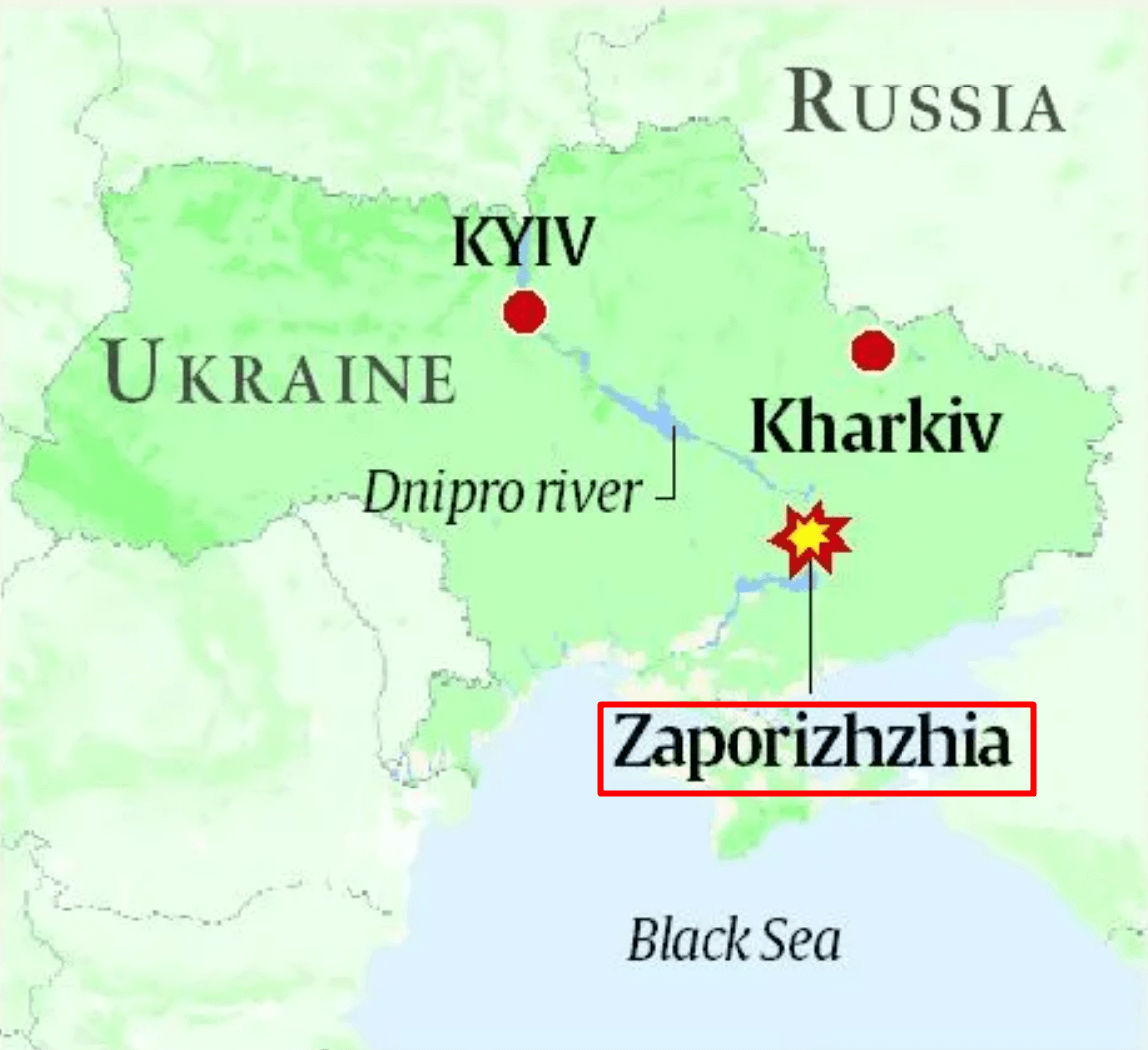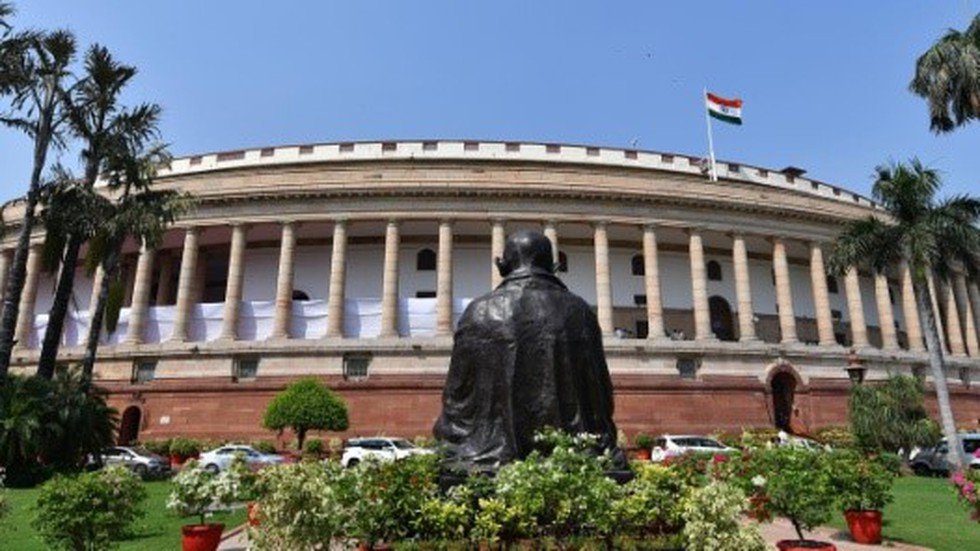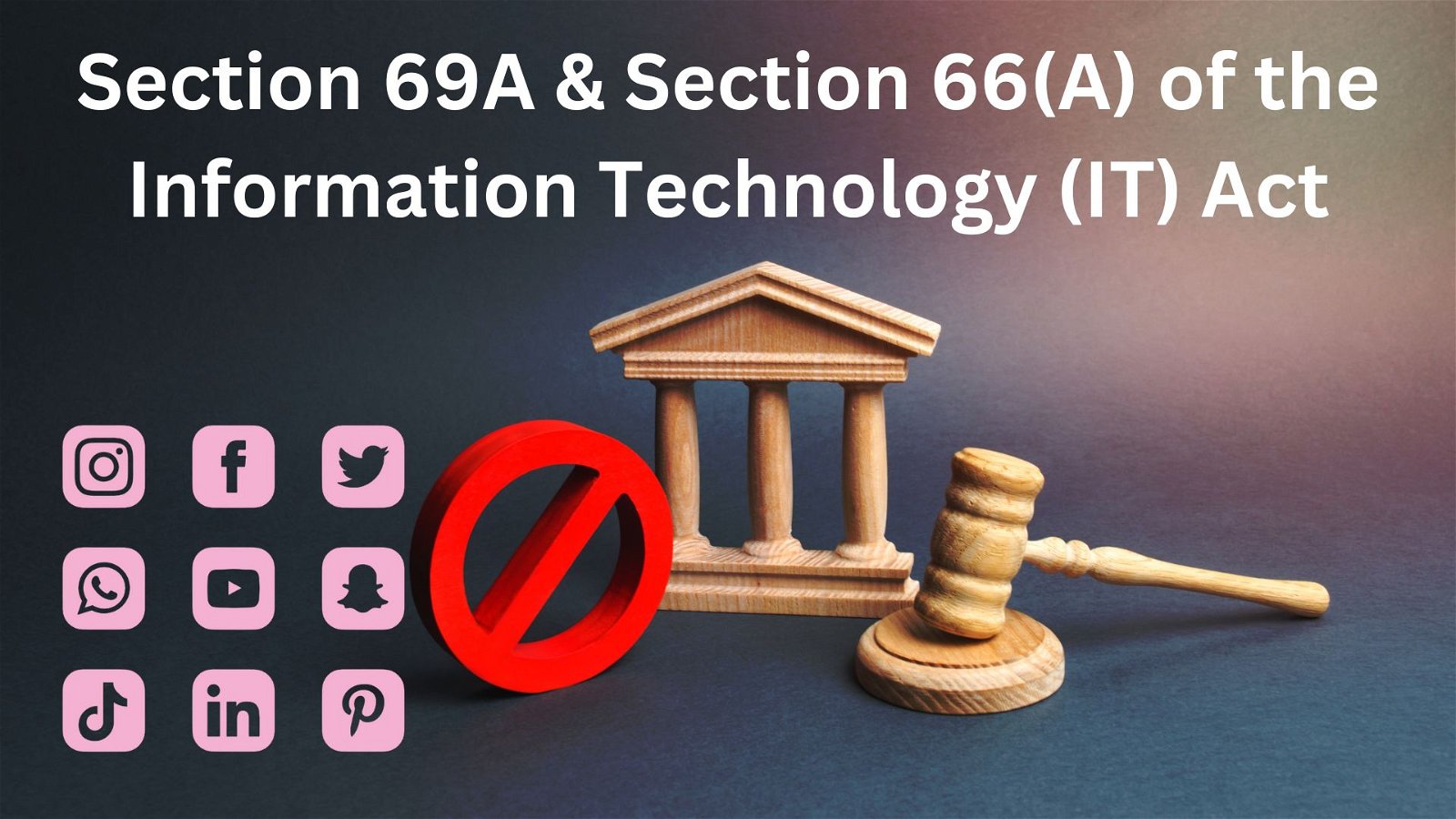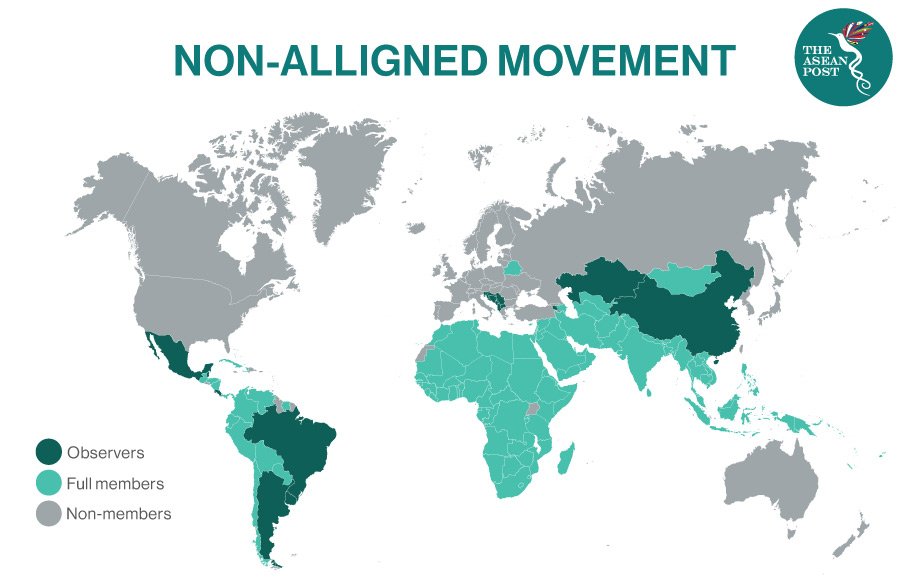
Article 31C of the IC
Subscribers of "Current Affairs" course can Download Daily Current Affairs in PDF/DOC
Subscribe to Never Miss an Important Update! Assured Discounts on New Products!
Must Join PMF IAS Telegram Channel & PMF IAS History Telegram Channel
- Context (IE): A nine-judge Bench of the SC has decided to take up the issue of “radical constitutional consequence”: does Article 31C still exist?
- SC was hearing a case to decide whether the government can acquire and redistribute private property.
About Article 31C of the IC
- Article 31C was inserted in the IC by the 25th Amendment Act of 1971.
- This amendment was a response to judicial decisions that limited the government’s ability to enact laws for socio-economic reforms.
- Articles 31A, 31B and 31C have been retained as exceptions to the fundamental rights.
|
- Article 31C contained two provisions:
- No law that seeks to implement directive principles specified in Articles 39 (b) and (c) shall be declared void on the grounds of contravention of the FRs under Article 14 or Article 19.
- No law containing a declaration that it is for giving effect to such policy shall be questioned in any court on the ground that it does not give effect to such a policy.
Judicial Pronouncements on the Validity of Art 31C and Constitutional Challenges
Kesavananda Bharati Case (1973)
- The SC established the doctrine of basic structure, asserting that certain fundamental features of the IC are beyond Parliament’s amending power.
- The court partially struck down Article 31C, specifically the part that prevented laws from being challenged in court.
Constitution (Forty-second) Amendment Act, 1976
- This expanded the protection under Article 31C to cover all DPSPs (Articles 36-51), shielding them from challenges under Articles 14 and 19.
- The amendment was aimed at prioritising DPSPs over FRs for socio-economic reforms.
Minerva Mills Case (1980)
- The SC struck down specific provisions of the 42nd CAA, including clauses of Article 31C, emphasising the limits on Parliament’s power to amend the IC.
- This raised questions about the status of Article 31C and its application post the Minerva Mills case.
Arguments in SC for and against existence of Article 31C
- Status of the Original Article 31C after the 42nd: It has been argued that the 42nd CAA’s expanded version has replaced the original version.
- This means the older version ceased to exist once the Amendment came into force.
- Therefore, when this new Article 31C was struck down in Minerva Mills, the older provision would not automatically be revived.
- Application of the Doctrine of Revival: The doctrine of revival must apply in this case, and the post-Kesavananda Bharati position on Article 31C must be restored.
- If the process of substitution and insertion through a constitutional amendment is deemed invalid, the provisions existing before the amendment automatically resurface and regain validity.
The Constitution (Ninety-ninth) Amendment Act
|
Understanding Article 31, 31A, 31B
- The original Article 31 dealt with the right to property.
- The right to property was one of the seven FRs and provided that no person shall be deprived of his property except by authority of law.
- However, it was one of the most controversial rights.
- The 44th CAA of 1978 abolished it as a FR and made it a legal right (Constitutional right) under Article 300A in Part XII of the IC.
- This change in the IC was made to enable the government to acquire private property for public use without being challenged on the grounds of violating the right to property.
- Article 31 prevented the government from acquiring private property for public use without paying compensation to the owner.
- Article 31 led to a number of Constitutional amendments; 1st, 4th, 7th, 25th, 39th, 40th and 42nd Amendments.
- The 1st Amendment Act of 1951 inserted Articles 31A and 31B into the Constitution.
Art 31A of the IC
- It saves five categories of laws from being challenged and invalidated on the grounds of contravention of the FRs conferred by Art 14 and Art 19, which are:
- Acquisition of estates and related rights by the State;
- Taking over the management of properties by the State;
- Amalgamation of corporations;
- Extinguishment or modification of rights of directors or shareholders of corporations
- Extinguishment or modification of mining leases.
- It also guarantees the right to compensation in case the state acquires or requisitions private property.
Art 31B of the IC
- It protects the acts and regulations included in the Ninth Schedule from being challenged and invalidated because they contravene any of the FRs.
- The scope of Article 31B is broader than that of Article 31A as it immunises any law included in the Ninth Schedule from the FRs (unlike Article 31A, which protects only five categories).
- However, the SC, in its judgement in the I.R. Coelho case (2007), ruled that even laws under the Ninth Schedule would be open to scrutiny if they violated FRs or the basic structure of the IC.
- The SC first propounded the doctrine of the ‘basic structure’ in the Kesavananda Bharati in 1973.





![PMF IAS Environment for UPSC 2022-23 [paperback] PMF IAS [Nov 30, 2021]…](https://pmfias.b-cdn.net/wp-content/uploads/2024/04/pmfiasenvironmentforupsc2022-23paperbackpmfiasnov302021.jpg)
